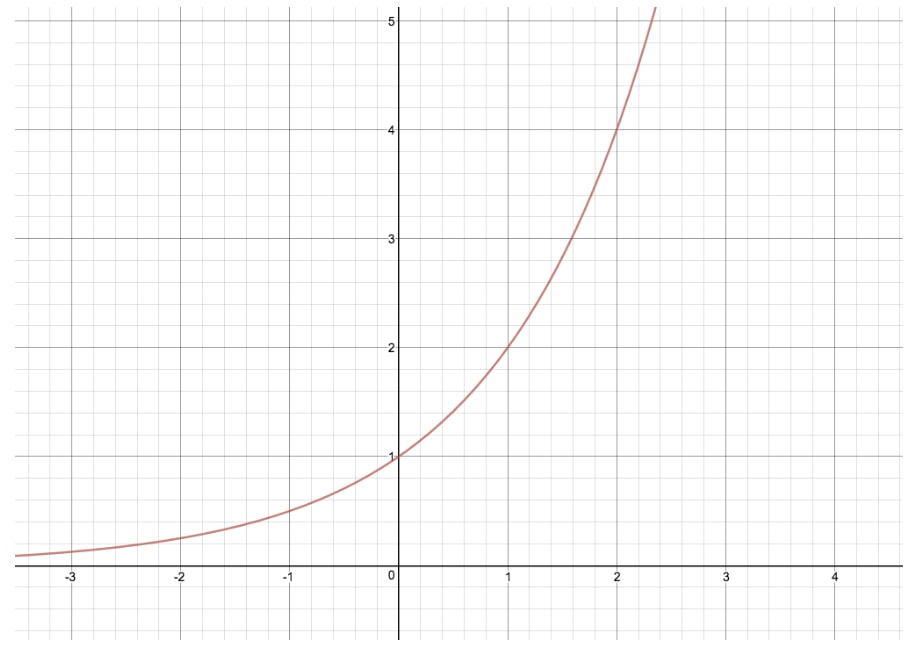EG "make me a 120 minute Star Trek / Star Wars crossover". It should be more or less comparable to a big-budget studio film, although it doesn't have to pass a full Turing Test as long as it's pretty good. The AI doesn't have to be available to the public, as long as it's confirmed to exist.
https://www.cnbc.com/2025/12/11/disney-openai-sora-characters-video.html
Not big technical news, but if your model was "we might be able to technically accomplish this, but IP ownership is going to strangle the possibility", this should move you up.
1:1 comparison with human-made christmas ad released at the same time:
https://www.youtube.com/watch?v=Na9VmMNJvsA
@VitorBosshard yet just a few comments below someone wrote:
> I highly suspect that with correct composition of agents (and lots of compute) it can be done even now.
the delusion is strong
@VitorBosshard Nice fall today, 35 to 27%. Did your comment caused an acceleration ? Maybe this market has been a bit forgotten, relatively to a year ago.
@Zardoru I said it a year or two ago and I still think it's true: this market has got very stodgy through KBC dynamics. People entrenching big limit orders and whales not bothering to correct the market because they know somebody is going to give them a better rate if they're patient.
@skibidist No I think that comment is correct, you mostly "just" need a very good Movie Director agent that's able to critique the scenes it generates. Plus gobs of compute. I think that'd get you a mediocre Hollywood-ish film with current tech.
Is that worth developing right now? No way.
@VitorBosshard Like many markets on this site, I think this suffers from unclear resolution criteria inhibiting true price discovery. Unclear interpretations means the band of possible fair values is a very wide interval, since this market could be 20% if you interpreted it one way and 50% another way, leading to excess volatility.
Can the movie be of any quality, and how is quality judged if not? What defines a "movie" anyways? How will the unknown and possibly highly opiniated market creator interpret it? No whale is going to seriously try to time decay this, no one is going to do serious research on this. That's why I think every large market like this should rely on clearly defined, regularly updated, publicly verifiable and accessible quantitative metrics, preferably from some kind of market-implied source (e.g. unemployment rate to judge if AGI exists). Subjective criteria should be operationalized with these metrics.
For example, this market could be "will a video that is purely a raw image model output be at least 120 mins. generate at least $10 million in revenue on its own or get at least 10,000 distinct human viewers," or something, but of course even that has a lot of issues. Number of viewers or revenue is not a great proxy for quality generally defined. It doesn't differentiate a YouTube video from a movie.
@skibidist Yeah I think in early 2028, assuming no AI Winter, it may be possible to make a high-quality film with AI, but with multiply prompts and lots of editing. But, we are talking about making a top movie in 1 prompt, which is nearly impossible. You need to be super delusional to even think the probability is above 5%.
@MarcoMar it says high quality, not "top movie". I'm envisioning some kind of "big budget"-esque but poorly written sci fi thing that would make money at the box office (in 2023, at least) because it's visually impressive, fast paced, and fun.



